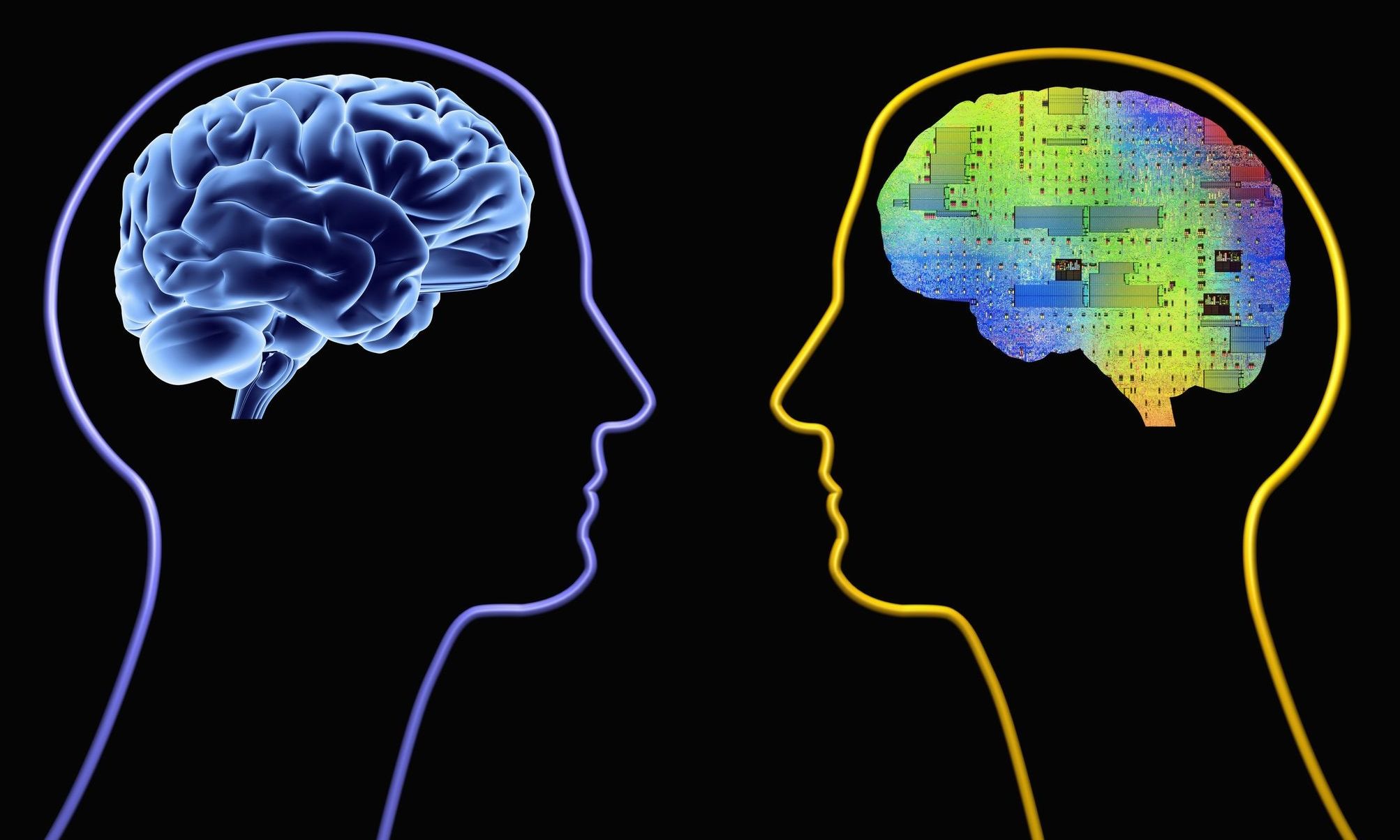Government officials, business leaders and academics attending China’s second World Intelligence Congress, abbreviated WIC 2018, envisioned people’s liberation from labor with the help of artificial intelligence.
With the theme “The Age of Intelligence: New Progress, New Trends, New Efforts,” the three-day event began in north China’s Tianjin municipality on Wednesday.
Lin Nianxiu, deputy director of China’s National Development and Reform Commission (NDRC), said at the opening of the congress that the aspirations to make machines more intelligent and liberate human beings from as much labor as possible have been major impetuses driving worldwide technological advances and industrial innovation.








